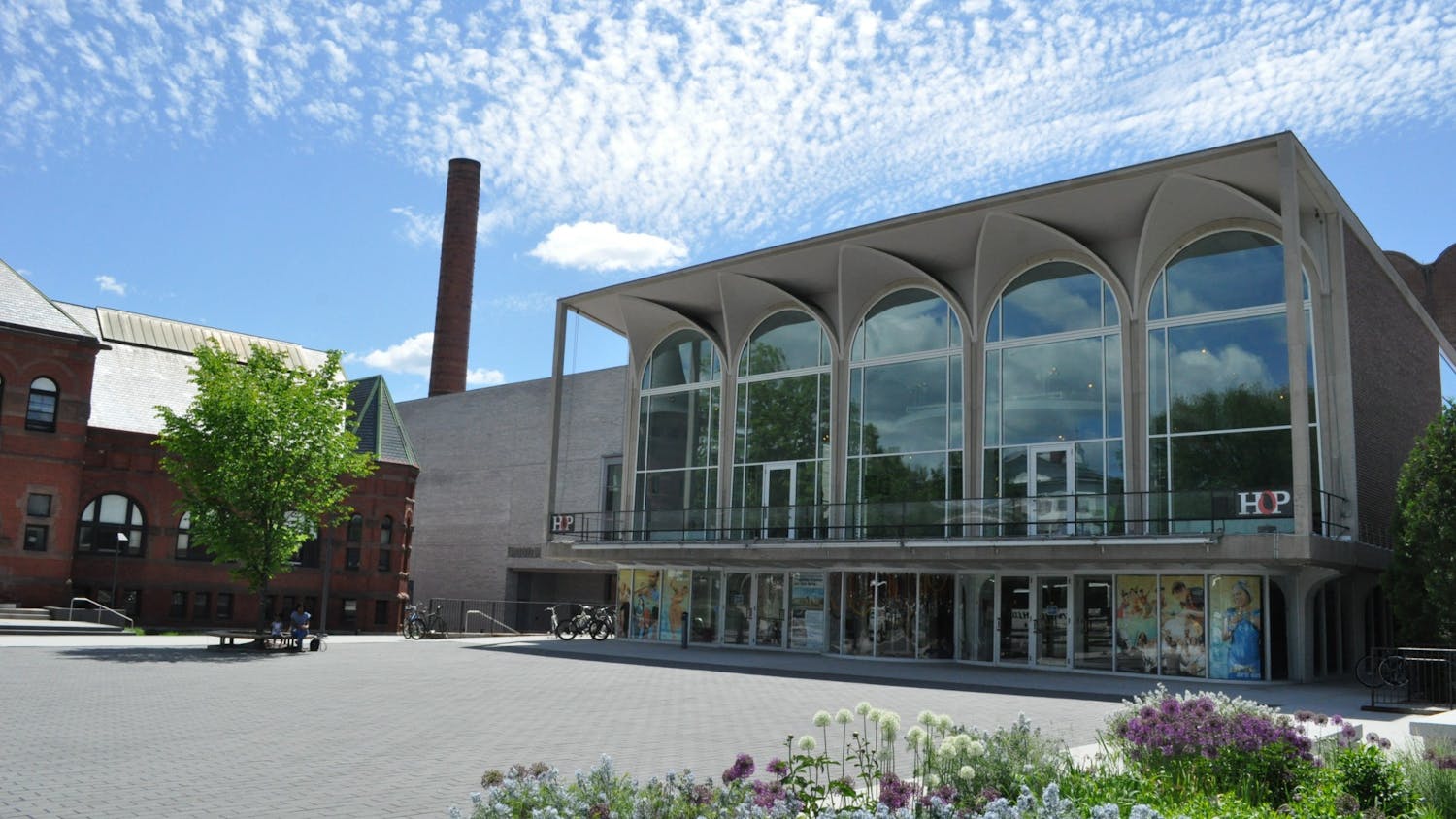By Jessica Womack
The portrayal of humanness in a virtual world has more potential than in the portrayal of humanness in reality, according to Alan Sondheim, a multi-talented artist and cyber theorist who specializes in the creation and manipulation of digital content. In his work with the program "Second Life" a community-driven virtual world complete with its own economy Sondheim toys with digital depiction of the human form, using real-world human actions to provide the basis for digital manipulation of movement.
Sondheim presented his work with reimagined digital space in the second annual digital humanities lecture, titled "Digital Flesh," held on Tuesday in Haldeman Hall and presented by the Leslie Center for the Humanities.
"When you're in Second Life, or any virtual world, you're obviously in a space that's different, a digital world where there is no death," Sondheim said in the lecture. "You can always come back to life. You feel no hunger, no thirst."
Sondheim employs a variety of digital technologies such as motion-capture in his work with "Second Life" and other online virtual worlds. In order to imitate human movement, professional dancers are hooked up to motion devices and filmed. The individual motions of multiple dancers are synthesized by a computer to simulate a variety of different movements and positions that are difficult for actual humans to perform due to what Sondheim calls "issues of flesh."
If multiple people are simultaneously controlling an avatar, the human movement can be made digital in two ways. Either the movements are combined, creating a "twisted, turning avatar body," or they are blended to form "a single, matching body," said Sondheim. "If you feed [a digital space] what it wants to be fed, it will do what you want it to do."
Sondheim said he is not content to work within the confines of digital space, instead preferring to push the limits and boundaries of the virtual world.
"I play around with the literal edge of the game space the jagged edge of the virtual reality," Sondheim said.
However, once an avatar begins interacting with the edges of the virtual world, distortion of the avatar occurs, Sondheim said.
Sondheim used video of motion-capture technology during the lecture to show how digital realms sometimes reject the movements of the dancers.
As an example, he showed a video clip of a dancer doing a somersault across the motion-capture floor. Despite the fact that the dancer completed the movement in reality, the action was rejected because the digitalization hit a "jagged edge" the end of the virtual space and the software did not know how to read the movement.
In response to this challenge, Sondheim uses the distortion occuring at the edge of the digital world as abstract visual art and as a way to showcase the human body in a variety of forms and positions.
The ability to manipulate digital realms appeals to Sondheim because it allows people to create beyond what reality allows. In another of his works, Sondheim deconstructed the components of the buildings in a virtual world and restructured the pieces into a new formation.
Sondheim has been published in "an expansive network" of publications for work that intermixes "poetic, philosophical and epistemological writings," English professor Aden Evens said before the lecture.
According to Evens, Sondheim takes a "maximalist" approach to art and "tries to find an outlet for just about anything he is living, anything he is going through."
In addition to his work in the digital realm, Sondheim has taught art, dance and multi-media production at 16 universities across the country.



